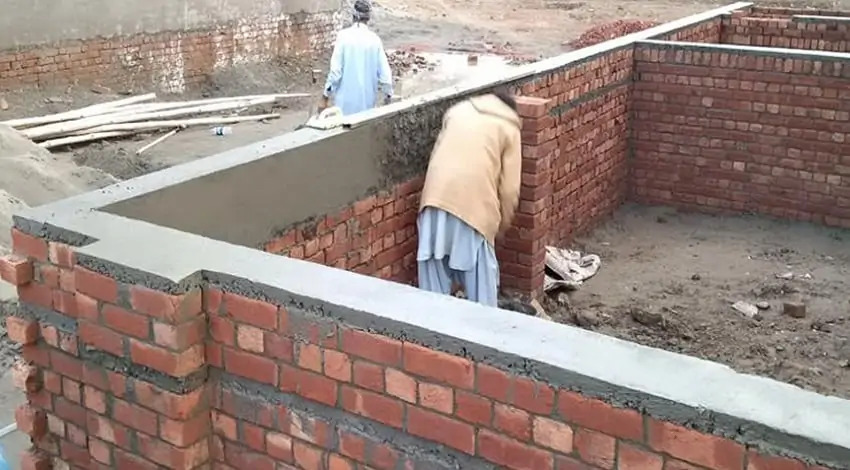In the realm of construction, the integration of a Damp-Proof Course (DPC) onto concrete slabs is a crucial measure to ensure the longevity and integrity of structures. This comprehensive guide aims to shed light on the importance of DPC, its application on concrete slabs, and the invaluable role it plays in preventing moisture-related issues.
Understanding Damp-Proof Course
Defying Moisture Intrusion
Damp-Proof Course is a barrier strategically incorporated into buildings to prevent the upward movement of moisture through walls and floors. In the context of concrete slabs, DPC acts as a formidable defense against groundwater, preventing dampness that could compromise the structural stability of the entire building.
Material Varieties
DPC materials vary, ranging from traditional bitumen felt and plastic membranes to modern chemical solutions. The choice of DPC material depends on factors such as the specific requirements of the structure, environmental conditions, and the level of protection needed against moisture intrusion.
The Crucial Role of DPC on Concrete Slabs
Moisture Mitigation for Longevity
Concrete slabs, while inherently sturdy, are susceptible to moisture absorption over time. This moisture ingress can lead to a spectrum of issues, including mold growth, structural deterioration, and compromised insulation. DPC on concrete slabs acts as a shield, mitigating the risk of these problems and significantly extending the lifespan of the structure.
Preventing Rising Damp
Rising dampness, where moisture from the ground ascends through capillaries in the concrete, is a common concern. DPC creates an impermeable barrier, disrupting the upward movement of moisture and safeguarding the structural integrity of the concrete slab. This prevention is paramount, especially in regions with high groundwater levels.
DPC Installation on Concrete Slabs
Pre-Installation Preparation
Before DPC installation on concrete slabs, thorough preparation is essential. This includes ensuring the surface is clean, free from debris, and adequately leveled. Any existing cracks or defects in the concrete should be addressed to guarantee an effective DPC application.
Material Application
The chosen DPC material is then applied to the concrete slab surface. In the case of bitumen felt or plastic membranes, these are typically laid out and secured to create a continuous barrier. For chemical solutions, an application process ensures proper penetration and adhesion to the concrete, forming an impermeable layer.
Post-Installation Checks
Following DPC installation, rigorous checks are conducted to verify the integrity of the barrier. Any potential gaps, overlaps, or defects in the DPC are addressed promptly to guarantee its effectiveness. This meticulous post-installation inspection is a crucial step in ensuring the concrete slab remains fully protected against moisture infiltration.
Advantages of DPC on Concrete Slabs
Mold Prevention
By curbing moisture intrusion, DPC effectively prevents the conditions conducive to mold growth. This not only protects the structural components of the concrete slab but also contributes to a healthier indoor environment.
Structural Integrity
The preservation of the concrete slab’s structural integrity is perhaps the most significant advantage of DPC. By preventing dampness and associated issues, DPC ensures the slab remains robust, durable, and resistant to the detrimental effects of moisture over time.
Conclusion
In conclusion, the integration of the Damp-Proof Course on concrete slabs is a pivotal step in fortifying structures against the insidious effects of moisture. From preventing rising dampness to preserving structural integrity, DPC serves as an indispensable guardian of concrete slabs, ensuring they withstand the test of time with resilience and longevity.

